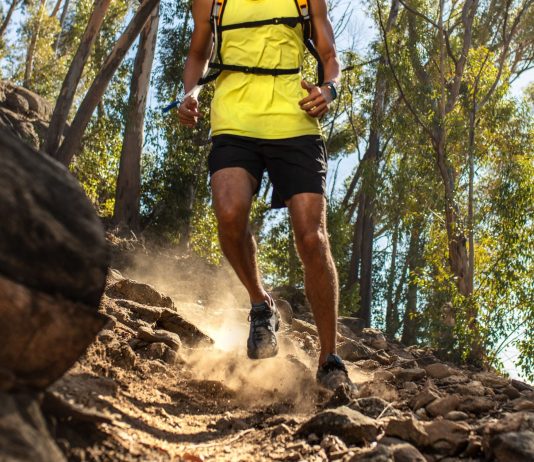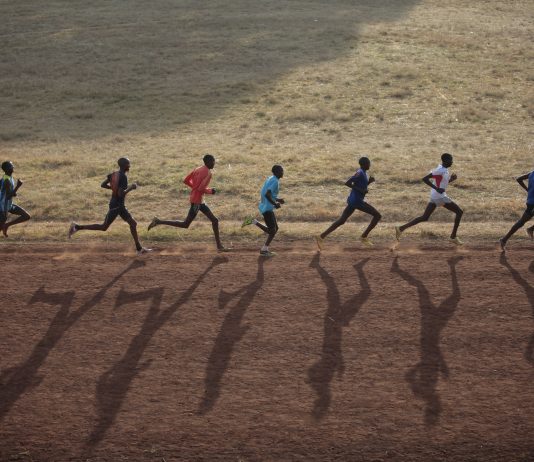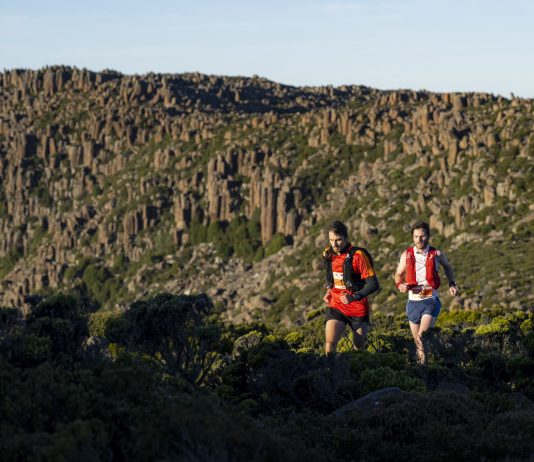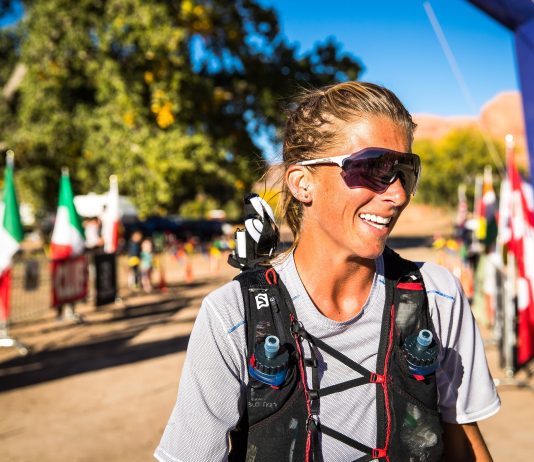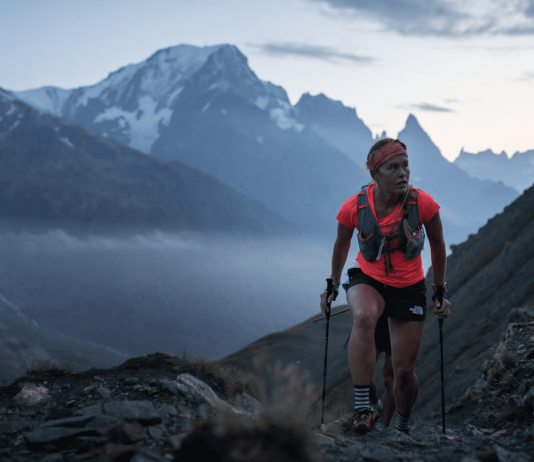As winter blankets the northern hemisphere, trail and ultrarunners face a familiar dilemma: the absence of suitable hilly landscapes for training. Across diverse geographical regions, these athletes encounter trails buried under snow, icy patches, or muddy terrain, severely limiting their training options. For those eyeing mountainous events, this lack of terrain access poses a significant hurdle. Thankfully, experienced runners have devised effective strategies to maintain their mountain running prowess.
While uphill running is often prioritized in training routines, many runners overlook the importance of including downhill running exercises in their workouts. Despite being challenging, downhill running requires specific training and can put a strain on the body, especially in trail running where downhill sections can make or break races. Thus, dedicating time to downhill running is crucial for developing strong legs to power through hilly races.
If you're a runner, you've probably heard terms like "interval training," "speed work," and "repetitions" thrown around. But do you really understand what they mean and how to incorporate them into your training program? This article aims to provide a basic understanding of these concepts and the potential risks associated with them.
Trail and Mountain Running: A Unique and Fulfilling Endurance Challenge for All Abilities
Runnerstribe Admin -
Trail and mountain running are gaining popularity worldwide among endurance athletes and runners. These events offer a unique challenge, beautiful scenery, stunning terrain, and a competitive but friendly environment. Whether you are a beginner or a seasoned runner, there are events to suit all abilities.
Courtney Dauwalter is a well-known name in the world of ultrarunning, and her recent win at the Ultra-Trail du Mont Blanc (UTMB) is a testament to her abilities. The UTMB is one of the most challenging races in the world, spanning 106 miles and covering the Alps of Switzerland, France, and Italy, with 32,940 feet of elevation gain. Dauwalter, a 34-year-old runner from the US, became the fourth American woman to win the race, finishing in an impressive time of 24 hours and 34 minutes. She placed 21st overall, with 144 women and 1,412 men completing the race.
Lactate threshold plays a vital role in optimizing running performance, representing the exercise intensity at which blood lactate begins to accumulate. By delving into the significance of lactate threshold and adopting effective strategies to improve it, runners can train their bodies to endure high-intensity workouts with reduced fatigue. This article explores practical methods to elevate your lactate threshold, ultimately leading to enhanced endurance and speed.
In a pivotal endurance research gathering in England, Guillaume Millet presented a groundbreaking notion that challenged conventions: longer races might induce less muscle fatigue. His assertion that inefficiency could be strategic in certain contexts sheds light on the tactical role of walking within running strategies



